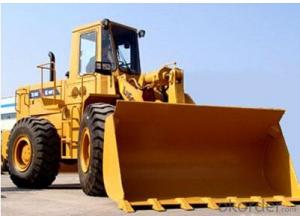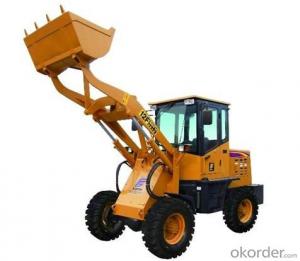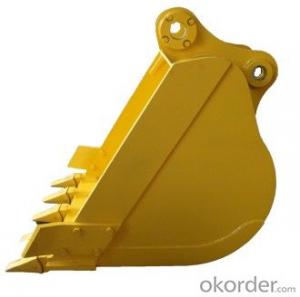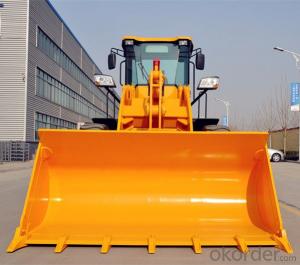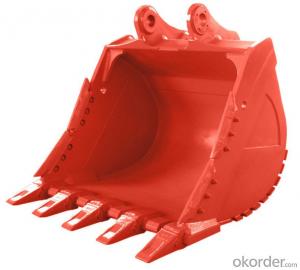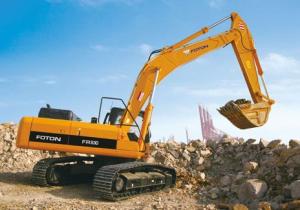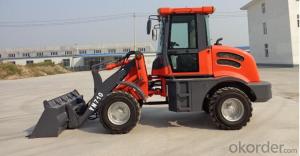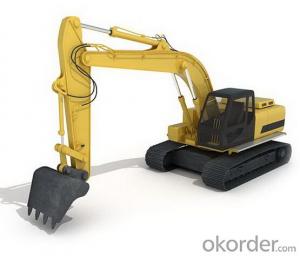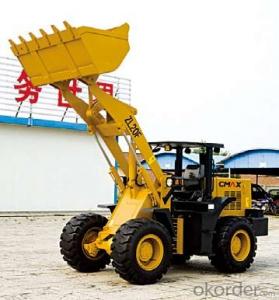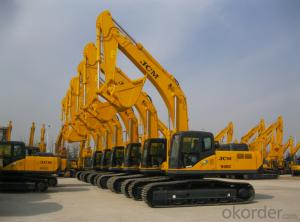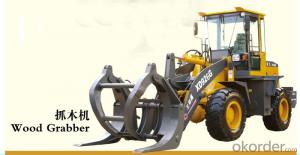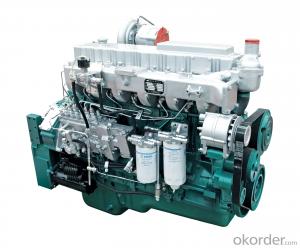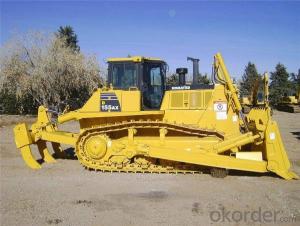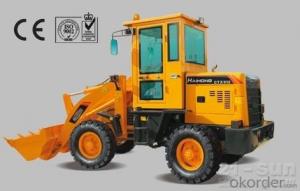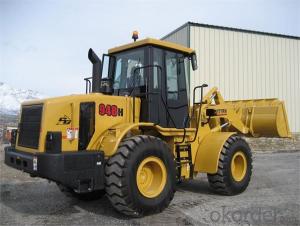All Categories
- - Steel Wire Rod
- - Steel Coils
- - Steel Profiles
- - Steel Pipes
- - Stainless Steel
- - Tinplate
- - Special Steel
- - Steel Sheets
- - Steel Rebars
- - Steel Strips
- - Hot Rolled Steel
- - Cold Rolled Steel
- - Pre-painted Steel
- - Seamless Steel Pipe
- - Welded Steel Pipe
- - Hollow Steel Tubes
- - Galvanized Pipe
- - Stainless Steel Coil
- - Stainless Steel Sheet
- - Stainless Steel Plate
- - Stainless Steel Strips
- - Electrolytic Tinplate Coil
- - Electrolytic Tinplate Sheet
- - Stainless Steel Rebars
- - Solar Panels
- - Solar Water Heater
- - Solar Related Products
- - Solar Inverter
- - Solar Cells
- - Solar Light
- - Solar Energy Systems
- - Solar Controllers
- - Solar Mounting System
- - Solar Pump
- - Solar Chargers
- - Fiberglass Chopped Strand
- - Fiberglass Mesh Cloth
- - Composite Pipes
- - FRP Pultrusion Profiles
- - Fiberglass Mat Tissue
- - Fiberglass Fabrics
- - Fiberglass Mesh
- - Composite Tank
- - Fiberglass Mesh tape
- - Polymer
- - FRP Roofing Panel
- - Fiberglass Roving
- - Monolithic Refractories
- - Ceramic Fiber Products
- - Refractory Bricks
- - Raw Materials For Refractory
- - Suspended Platform
- - Cranes
- - Concrete Machinery
- - Earthmoving Machinery
- - Building Hoist
- - Road Building Machinery
- - Plastic Pipe Fittings
- - Plastic Tubes
- - Plastic Sheets
- - Agricultural Plastic Products
- - Plastic Nets
 All Categories
All Categories
Q & A
How do you troubleshoot hydraulic system issues in earthmoving machinery?
To troubleshoot hydraulic system issues in earthmoving machinery, I would start by inspecting the hydraulic fluid levels and checking for any signs of leaks. Next, I would examine the filters and ensure they are clean and not clogged. If the issue persists, I would inspect the hydraulic hoses and connections for any damage or blockages. Additionally, I would check the hydraulic pump for proper functioning and inspect the valves for any signs of malfunction. If necessary, I would consult the equipment's manual or reach out to a hydraulic system expert for further assistance.
Can earthmoving machinery be used for mining operations?
Yes, earthmoving machinery can be used for mining operations. Earthmoving machinery such as excavators, bulldozers, and loaders are commonly used in mining to remove and transport large quantities of earth, rock, and other materials. These machines are capable of digging, pushing, and lifting heavy loads, making them essential for various mining activities like excavation, hauling, and material handling.
How do you mitigate the environmental impacts of earthmoving machinery?
To mitigate the environmental impacts of earthmoving machinery, several measures can be taken. Firstly, adopting cleaner and more fuel-efficient technologies such as electric or hybrid engines can significantly reduce emissions. Regular maintenance and proper tuning of machinery can also improve fuel efficiency and minimize pollutant release. Implementing effective dust control measures, like using water sprays or installing dust suppression systems, can help minimize air pollution. Additionally, proper waste management and recycling of construction materials can reduce the amount of waste generated and its impact on the environment. Lastly, adhering to regulatory standards and best practices, along with promoting employee training and awareness about environmental conservation, are crucial in mitigating the environmental impacts of earthmoving machinery.
What are the different methods of earthmoving?
There are several different methods of earthmoving, including excavation, grading, trenching, and dredging. Excavation involves removing soil or rock from a site using heavy machinery such as excavators or bulldozers. Grading is the process of leveling or shaping the land to create a desired slope or contour. Trenching is used to create narrow, deep excavations for utilities or drainage systems. Dredging is the process of removing sediment or debris from bodies of water using specialized equipment.
How does a crawler tractor work?
A crawler tractor works by using its tracks or crawler belts to move across various terrains, providing traction and stability. The tracks enable it to distribute its weight over a larger area, minimizing ground pressure and preventing sinking in soft or uneven surfaces. The tractor's engine powers hydraulic systems that control the movement of the tracks, allowing it to move forward, backward, or turn. Additionally, it uses various attachments such as blades or rippers to perform tasks like pushing or digging, making it versatile for construction, agriculture, or other heavy-duty applications.
Wholesale Earthmoving Machinery from supplier in Zambia
With our extensive range of Earthmoving Machinery products, technical support services, and deep understanding of the Zambian market, we are confident that we can provide you with the solutions you need. Trust us to be your reliable and dependable partner for all your Earthmoving Machinery needs in Zambia. Contact us now and let us help you succeed.
